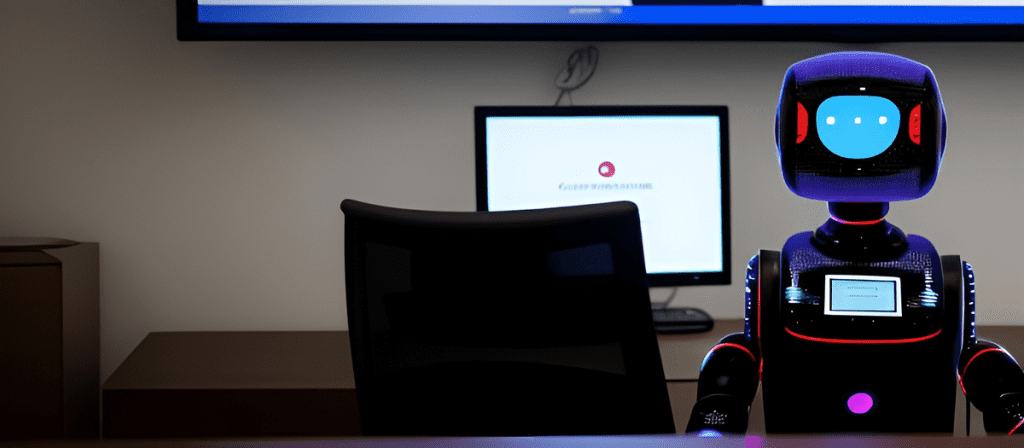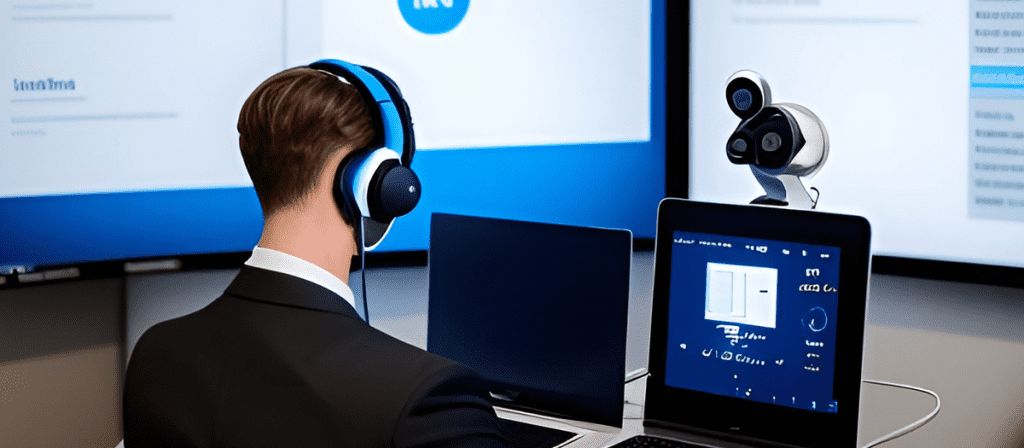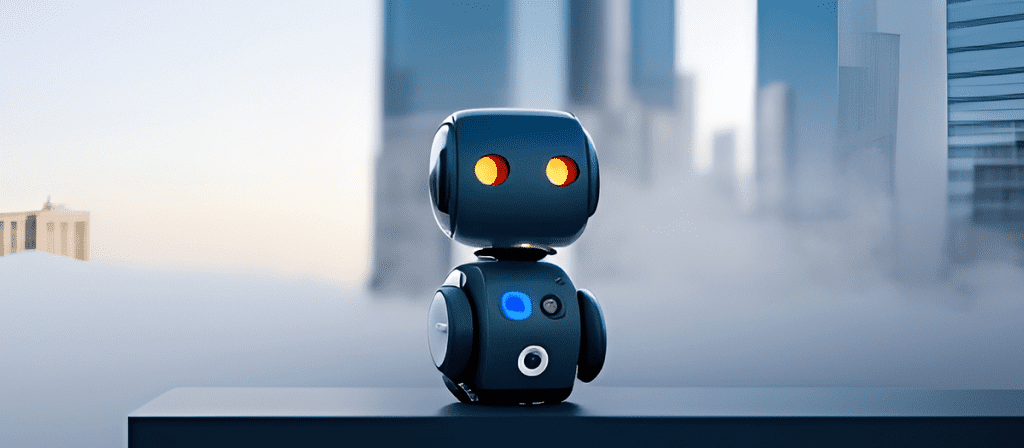Telephone On\ Hold messages (OHMs) are recordings that play when a call recipient cannot answer the phone or when the call is placed on hold. These messages are designed to inform the caller about the company’s products or services or provide information about their call’s status. While OHMs can be a valuable tool for businesses, they can also be frustrating for customers if they are not well-crafted to enhance the customer experience. In recent years, there has been a growing interest in using artificial intelligence (AI) to create OHMs that are more personable and engaging for callers.

The Role of AI in Creating OHMs
AI can be used in various stages of the OHM creation process, from writing the script to recording the final audio. One of the main advantages of using AI in this context is that it can save time and resources, as it can quickly generate multiple versions of a script or audio recording. This can be particularly useful for businesses that need to create a large volume of OHMs regularly, as it can help to streamline the process and reduce the workload on human employees.
AI can also be used to analyse customer feedback and data to optimise the content of OHMs. For example, AI algorithms can identify common themes or questions in customer feedback and use this information to tailor the OHMs better to meet the caller’s needs. This can help to improve the customer experience, as it shows that the business is paying attention to their needs and concerns.
AI-Powered Script Generation
One way AI can be used to create personable OHMs is through natural language processing (NLP) algorithms. NLP algorithms are designed to analyse and understand human language and can be used to generate scripts for OHMs that sound more natural and conversational. This is particularly important when it comes to creating OHMs, as the messages must be easy for callers to understand and relate to.
NLP algorithms can also be used to personalise the content of OHMs based on the caller’s demographics or location. For example, an AI system could generate a script for an OHM specifically targeted at customers in a particular city or region and include information about local products or services. This can make the OHM more relevant and valuable for the caller, improving their overall satisfaction with the business.

AI-Powered Voice Generation
Another way in which AI can be used to create personable OHMs is through the use of text-to-speech (TTS) algorithms. TTS algorithms are designed to convert written text into spoken audio and can be used to create OHMs that sound more natural and lifelike. This can be particularly useful for businesses that need more resources to hire professional voice actors, as it allows them to create high-quality audio recordings at a lower cost.
TTS algorithms can be customized to match the tone and style of a particular voice and can even mimic accents and inflections. This can be useful for creating OHMs that are more engaging for callers and better reflect the business’s personality. For example, a company that wants to convey a friendly and approachable image might use a TTS algorithm with a warm and friendly tone.

Challenges and Limitations
Despite the potential benefits of using AI to create OHMs, there are also several challenges and limitations. One of the main challenges is that AI algorithms still need help to capture the nuances and subtleties of human language. Top of Form may produce scripts or audio that sound robotic or unnatural. This can be particularly problematic when creating OHMs that are intended to be friendly and personable, as these types of messages require a more human-like approach. To overcome this challenge, businesses may need to invest in more advanced AI systems or manually review and edit the output of the AI algorithms to ensure that it meets their standards.
Another challenge is that AI algorithms can be biased, as they are only as good as the data they are trained on. This means that if the data used to train an AI system is narrow, the system’s output may also be limited. This can be a problem when creating OHMs, as it is essential to ensure that the messages are inclusive and representative of all customers. To mitigate this risk, businesses should ensure that the data used to train their AI systems is diverse and representative of many customer demographics.

How to Improve AI-Created Personable Telephone-On-Hold Messages
Use Advanced AI Systems
One of the most effective ways to improve AI-created personable OHMs is to use advanced AI systems capable of capturing the nuances and subtleties of human language. These systems may be more expensive to implement and maintain, but they can produce much more natural and lifelike scripts and audio recordings.
In addition to using advanced AI systems, businesses can also consider using multiple AI systems in conjunction with each other. For example, they might use one method to generate the script and another to develop the audio recording. This can help optimize the OHM’s overall quality and effectiveness, as each design can focus on its specific area of expertise.
Manually Review and Edit Output
Another way to improve AI-created personable OHMs is to review and edit the AI algorithms’ output manually. This can be a time-consuming process, but it helps ensure that the scripts and audio recordings are of high quality and meet the standards of the business.
When reviewing and editing the output of the AI algorithms, it is essential to focus on the overall tone and style of the OHM, as well as the specific content. For example, businesses should ensure that the OHM conveys the right level of friendliness and approachability and that it includes relevant and valuable information for the caller.

Ensure Data Diversity and Inclusivity
To reduce the risk of bias in the output of the AI algorithms, it is essential for businesses to ensure that the data used to train the AI systems is diverse and representative of a wide range of customer demographics. This helps ensure that the OHMs are inclusive and appropriate for all callers.
In addition to using diverse data, businesses can also consider using AI systems specifically designed to mitigate bias. These systems may be more expensive to implement, but they can help to ensure that the OHMs are fair and unbiased.
Conclusion
In conclusion, AI has the potential to create personable telephone on-hold messages that are more engaging and tailored to the needs of the caller. By using AI to analyse customer feedback and data, businesses can create OHMs that are more relevant and useful for their customers. However, there are also several challenges and limitations to consider when using AI to create OHMs, including the risk of producing scripts or audio that sound robotic or unnatural and the risk of bias in the output of the AI algorithms. To overcome these challenges, businesses may need to invest in more advanced AI systems.
There are several strategies that businesses can use to improve the quality and effectiveness of AI-created personable OHMs. These strategies include using advanced AI systems, manually reviewing and editing the output of the AI algorithms, and ensuring data diversity and inclusivity. By taking these steps, businesses can create OHMs that are more engaging and relevant for their customers and that may help to improve the overall customer experience.

